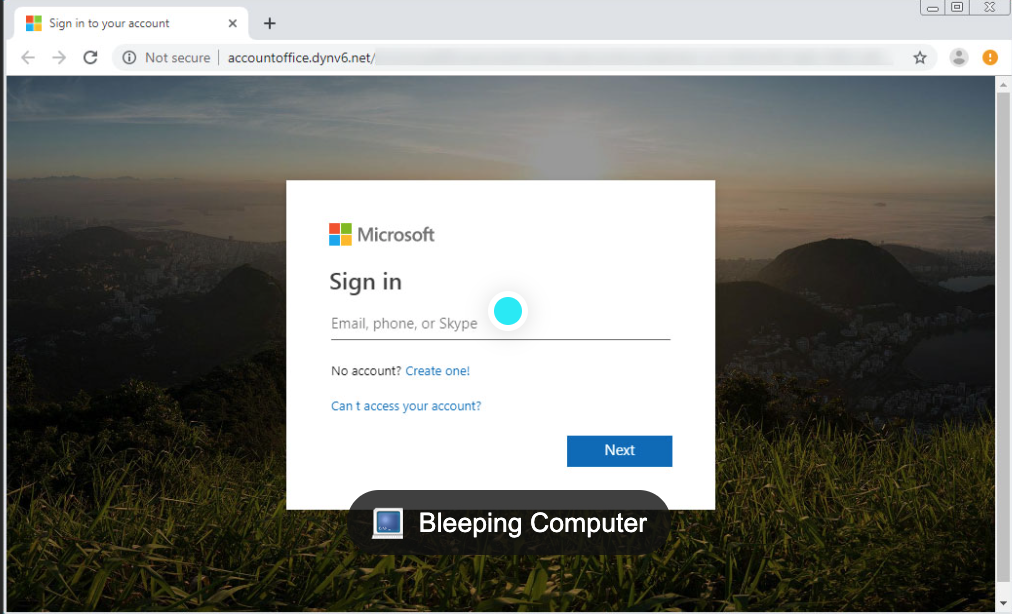 Tech Corner
Tech Corner
what is Phishing
Phishing is a type of cyber attack in which an attacker attempts to trick or deceive a victim into revealing sensitive information, such as login credentials or financial data, by posing as a trustworthy entity. Phishing attacks often come in the form of fraudulent emails, text messages, or social media messages that appear to be from a legitimate source, such as a bank, social media platform, or a trusted company.
Phishing attacks typically use social engineering tactics to create a sense of urgency or panic in the victim, in order to persuade them to take immediate action, such as clicking on a link or downloading an attachment. Once the victim has fallen for the trick and provided the requested information, the attacker can use that information to gain access to the victim’s accounts, steal their identity, or carry out other fraudulent activities.
Some common types of phishing attacks include:
- Spear phishing: targeted phishing attacks that are personalized to a specific individual or organization, often using information gathered from social media or other online sources
- Smishing: phishing attacks that use text messages instead of email
- Vishing: phishing attacks that use voice calls instead of email
To protect against phishing attacks, it’s important to be wary of unsolicited emails or messages, avoid clicking on links or downloading attachments from unknown sources, and always verify the authenticity of a request before providing sensitive information.
How to prevent from Phishing?
Phishing attacks can be difficult to detect and prevent, but there are several steps you can take to reduce your risk of falling victim to a phishing attack:
Be wary of unsolicited messages: Be cautious of any unexpected or unsolicited messages, including emails, text messages, or social media messages, especially if they are asking for sensitive information or urging you to take immediate action.
Verify the authenticity of the message: Before clicking on any links or downloading any attachments in a message, verify the authenticity of the message by checking the sender’s email address, domain name, or phone number, and ensuring that it matches the known contact information for the organization.
Use multi-factor authentication: Multi-factor authentication adds an extra layer of security by requiring additional authentication beyond just a password, such as a fingerprint or a code sent to your phone, before granting access to an account.
Keep software up to date: Make sure that all of your software, including your operating system and applications, are kept up to date with the latest security patches and updates.
Use anti-phishing tools: Many web browsers and email clients offer built-in anti-phishing tools that can help detect and block phishing attempts.
Educate yourself and your employees: It’s important to educate yourself and your employees on the latest phishing techniques and best practices for staying safe online.
By taking these steps, you can reduce your risk of falling victim to a phishing attack and help protect your sensitive information and online accounts.
